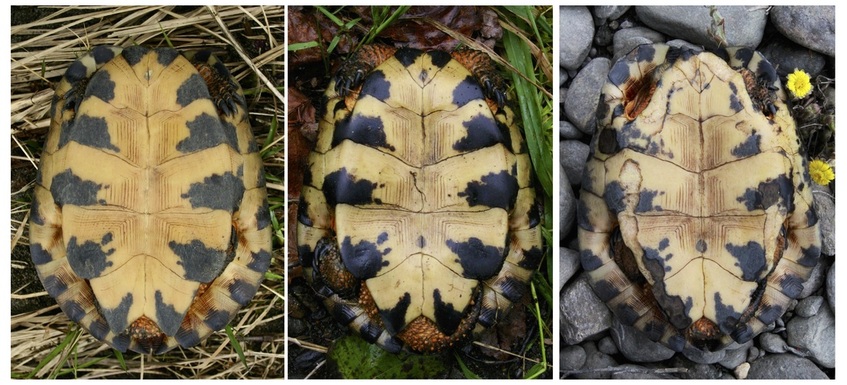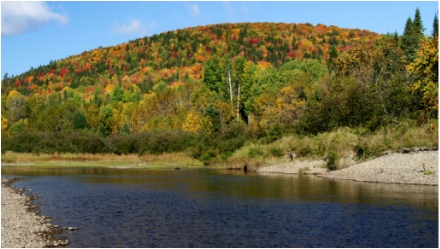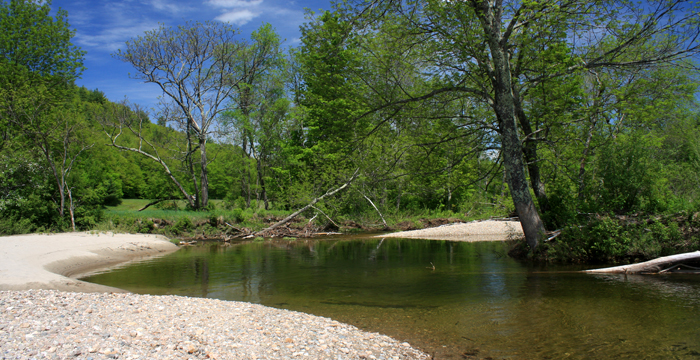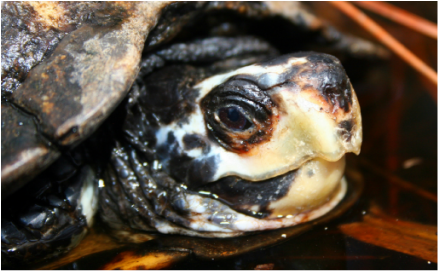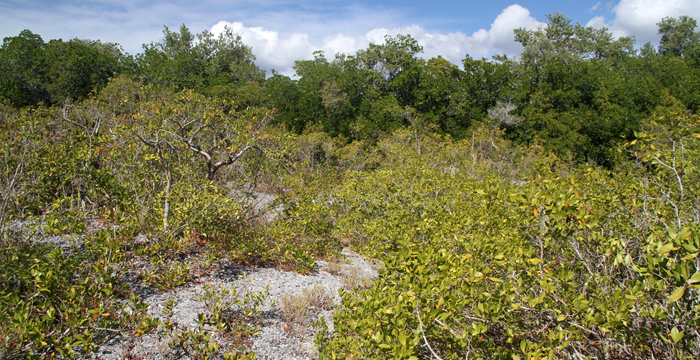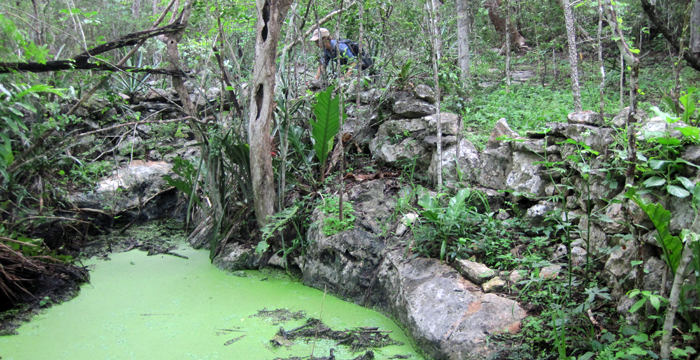Observatories
Selected Observatory Networks |
Most at-risk species of freshwater turtle are long-lived, and in many instances individual turtles may outlive important habitat resources upon which they rely. For logistical reasons, most ecological studies last only a few years (although there are several incredible exceptions; see the work of Justin Congdon, Whit Gibbons, James Harding, Ron Brooks, and others). To understand the challenges to successfully conserving turtle populations in functional landscape contexts, it is helpful (and in some cases, necessary) to strategically undertake research on timescales relevant to the life history of the animal. In the case of most freshwater turtles in North America, this timescale is many decades.
We conduct long-term research focused on a range of vulnerable North American turtle species, and have launched, or proposed, a network of reference sites ("Observatories") in a variety of representative ecosystems. These long-term data sets will ultimately allow us to assess population status and trends, and more specifically to evaluate the effects of landscape and environmental change on populations of turtles. The Observatory model is rooted in five major principles: 1. Minimize negative effects of research We strive to minimize disturbance to the population of turtles under study (see sections on Animal Use and Decontamination). Turtles are not removed from the capture location in the wild. All projects occur with up-to-date permits from state wildlife agencies and landowners. 2. Prioritize studies in unfragmented, priority landscapes Another emphasis of ATO's observatory framework and model is long-term, sustained study of functional turtle populations in diverse and representative landscapes. 3. Ensure study site replication where feasible Where possible, we establish site replicates within target landscapes. 4. Utilize standardized or complementary protocols and track effort. Our sampling design hinges upon collaborative partnerships, coordinated effort, and centralized analysis. 5. Conduct iterative, individual-based, spatially-explicit analyses Currently, the Observatory Network encompasses more than forty sites in eastern North America in Maine, New Hampshire, Massachusetts, Arizona, Baja California Florida, Yucatán, Campeche, and Quintana Roo. Learn more about the individual Observatory sites and networks by following the links in the page-top navigation menu. |
